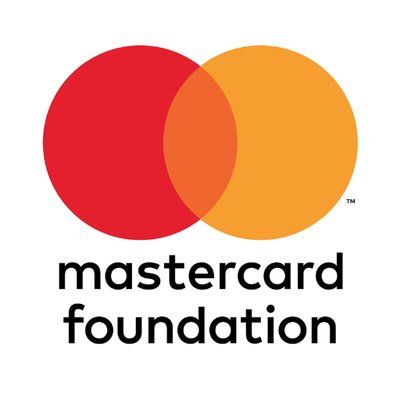
- as input credit replaces input subsidy under PFJ1
Phase two of the government’s Planting for Food and Jobs (PFJ2.0) will create 210,000 new farm-related jobs annually over the next four years, President Nana Akufo-Addo has said.
“This does not include other jobs along the agricultural value chains estimated at an annual average of four hundred and twenty thousand over the same period,” the president said at the programme’s Phase II launch in Tamale.
A five-year master-plan for transforming agriculture in Ghana with a focus on modernisation through development of a selected commodity value chain and active private sector participation, Phase II of the PFJ is anchored on an input credit system replacing the input subsidy under Phase I.
“The second phase, by design, takes a holistic view and places greater emphasis on value chain approaches by focusing on strengthening linkages between actors along eleven selected agricultural commodity value chains – broadly categorised into grains, roots and tuber, vegetables and poultry,” President Akufo-Addo said.
He continued that Phase II of the PFJ also aims at improving service delivery to maximise impact, and substitutes direct input subsidy with smart agricultural financial support in the form of comprehensive input credit with provisions for in-kind payment.
He said key elements of the new phase also include an input credit system that provides farmers with access to inputs such as seeds, fertiliser, pesticides and other support services for improving productivity and yield, as well as storage infrastructure and a logistic hub to improve storage and distribution of produce to reduce post-harvest losses.
It also includes off-taker arrangements/commodity trading to improve farmer access to markets which guarantee fair prices for crops; and a digitised platform for management, monitoring and coordination to improve efficiency and effectiveness of the programme, he added.
On Wednesday, April 9, 2017, President Akufo-Addo launched the first phase of PFJ at Goaso in the Ahafo Region to represent government’s key initiative to modernise agriculture, improve production efficiency, and achieve food security and profitability for farmers.
It targetted a significant increase in agricultural productivity and pursued a value-addition strategy aimed at rapidly ramping up agro-processing and developing new and stable markets.
Over 2.7m farmers reached under Phase I
The president noted that successful implementation of the first phase has resulted in over 2.7 million farmers and other value chain actors benefitting under the five modules. He said it also resulted in a relatively stable food security environment, with food self-sufficiency in major food staples such as maize, cassava and yam; and an increased agricultural sector growth rate from 2.7 percent in 2016 to an average of 6.3 percent from 2017 to 2021.
According to him, as a result of this, “Government has thus been able to achieve the annual target of six percent sector growth, set under the Malabo Declaration to which Ghana is a signatory; increased fertiliser application rate from eight kilogrammes per hectare in 2016 to twenty-five kilogrammes per hectare in 2022; increased distribution of certified seeds from two thousand metric tonnes in 2016 to thirty-six thousand metric tonnes in 2022; and increased private sector investment in the seed industry”.
According to him, PFJ phase one resulted in achieving nearly 50 percent self-sufficiency in rice for 2022 from 29.1 percent in 2016.
“I continue to give you my pledge that farmers, food crop farmers, fish-farmers and livestock farmers will all have the support and respect they deserve from my government. We need to raise agriculture to a higher plane in order to improve the quality of life for our people,” he noted.
He said the PFJ has made farming attractive to the youth, and appealed for support from farmers for a successful implementation of PFJ2.0.
The post PFJ 2.0 to create 210,000 new farm-related jobs annually – Prez appeared first on The Business & Financial Times.
Read Full Story












Facebook
Twitter
Pinterest
Instagram
Google+
YouTube
LinkedIn
RSS